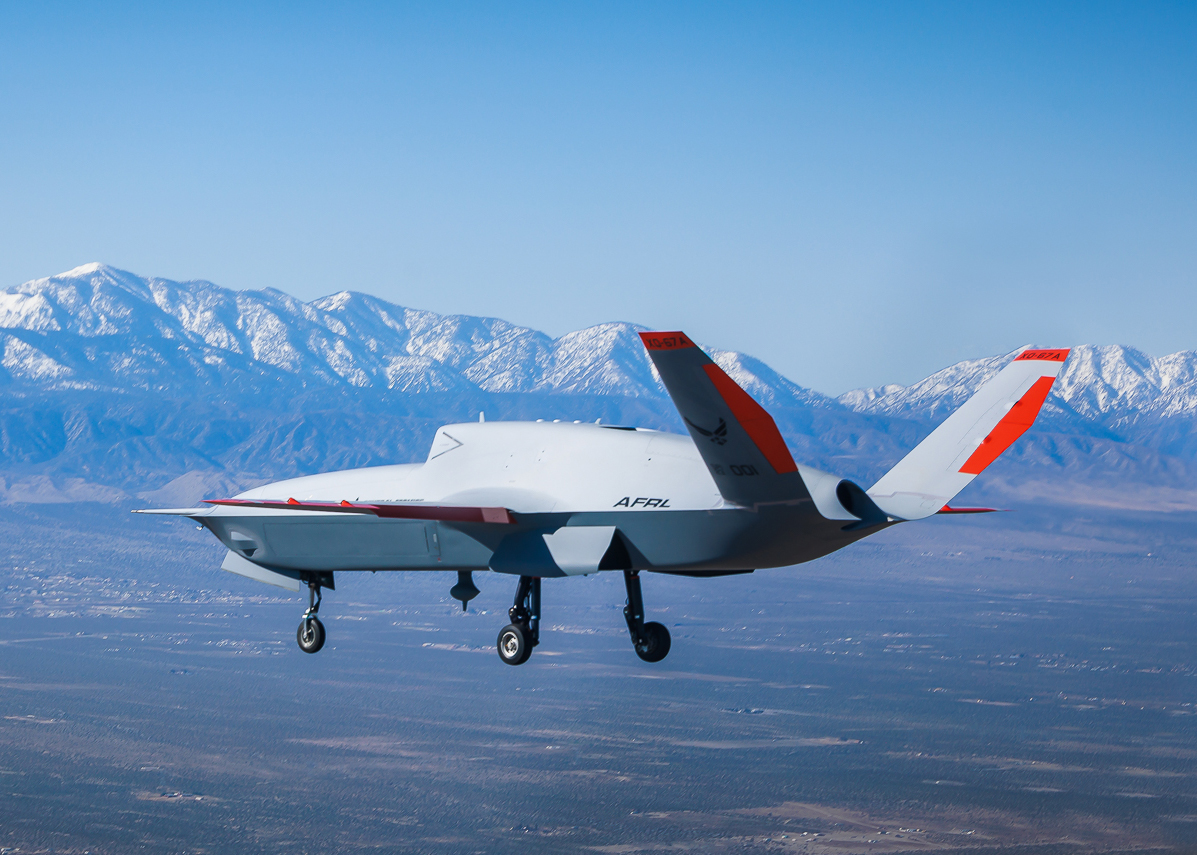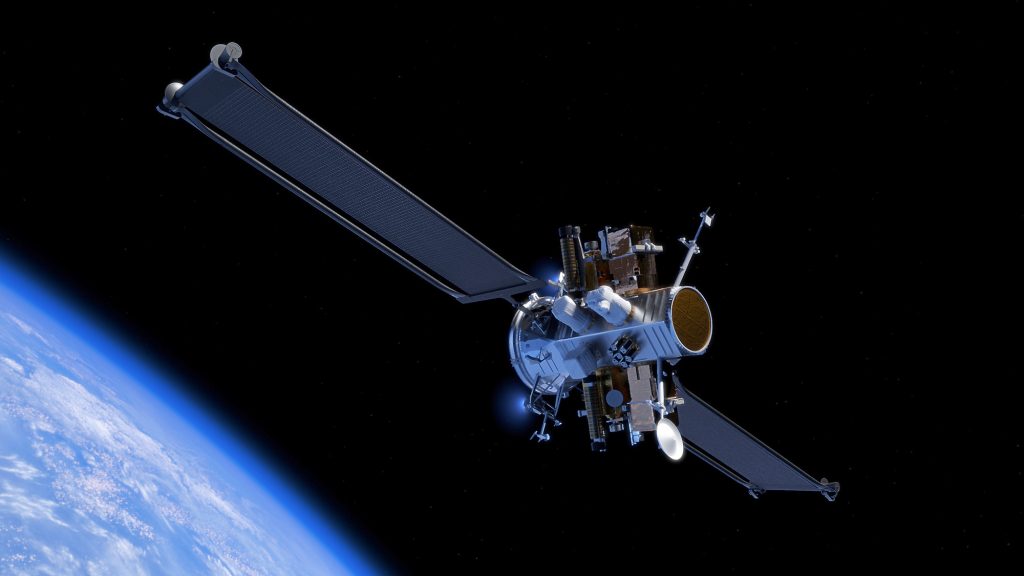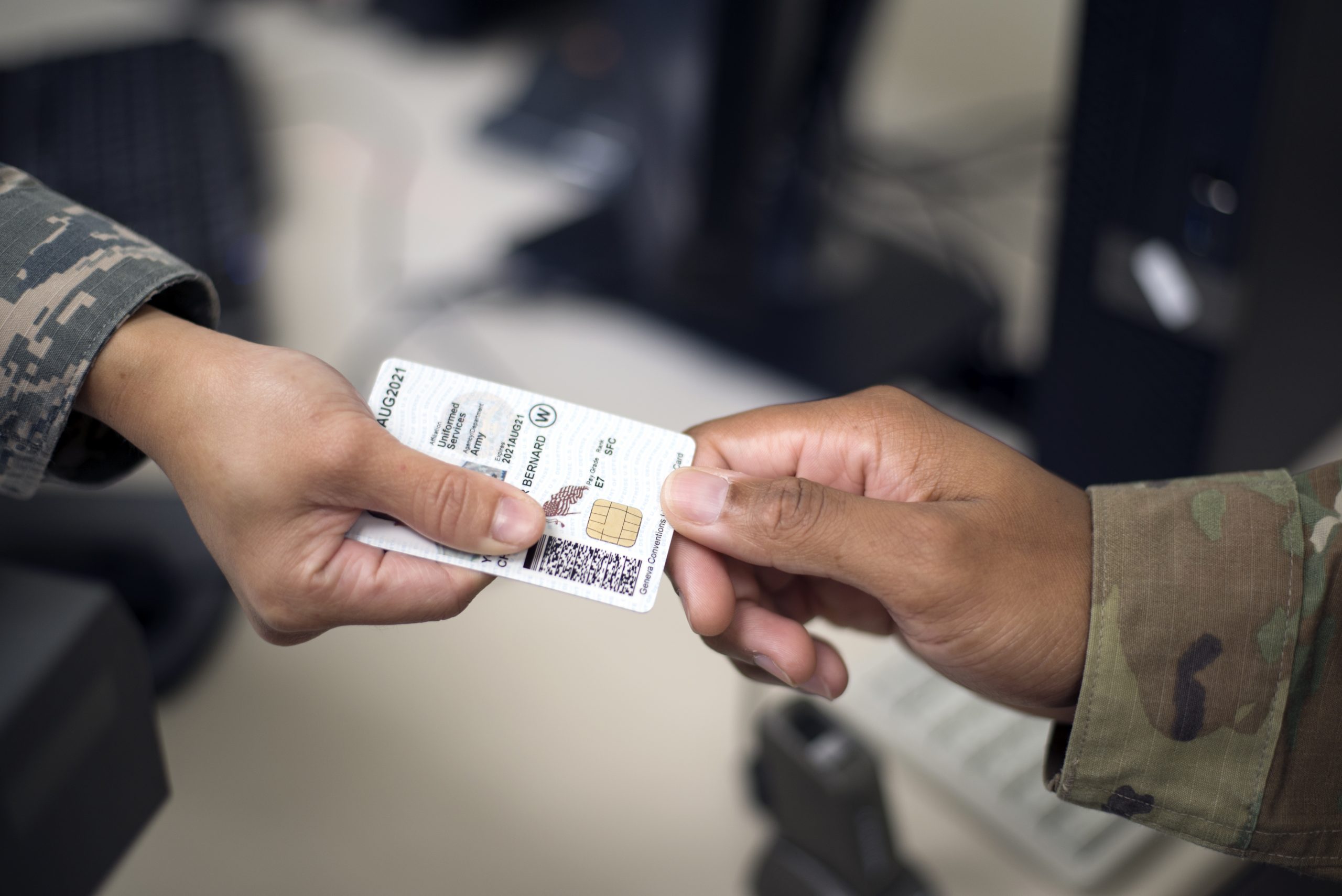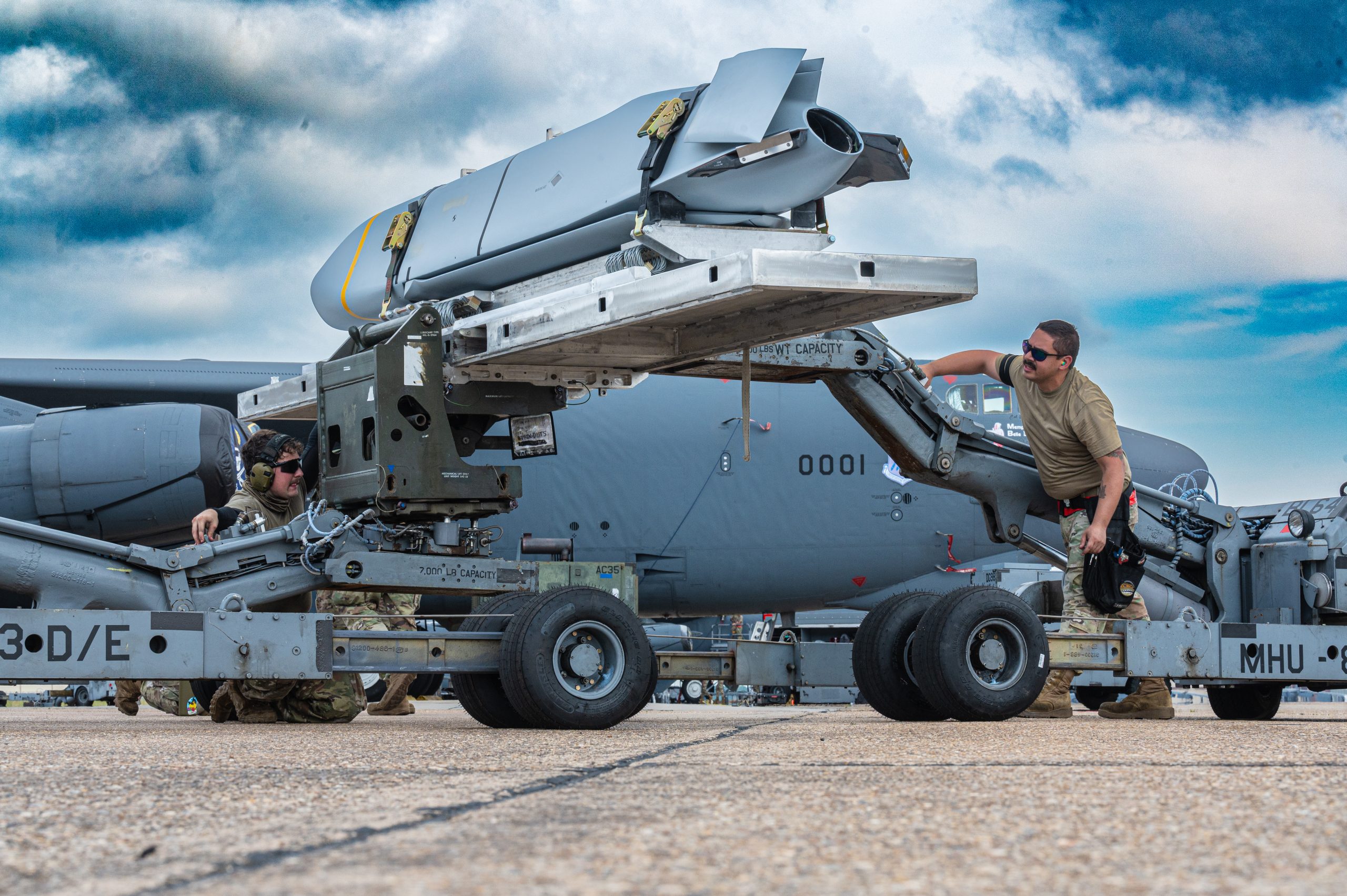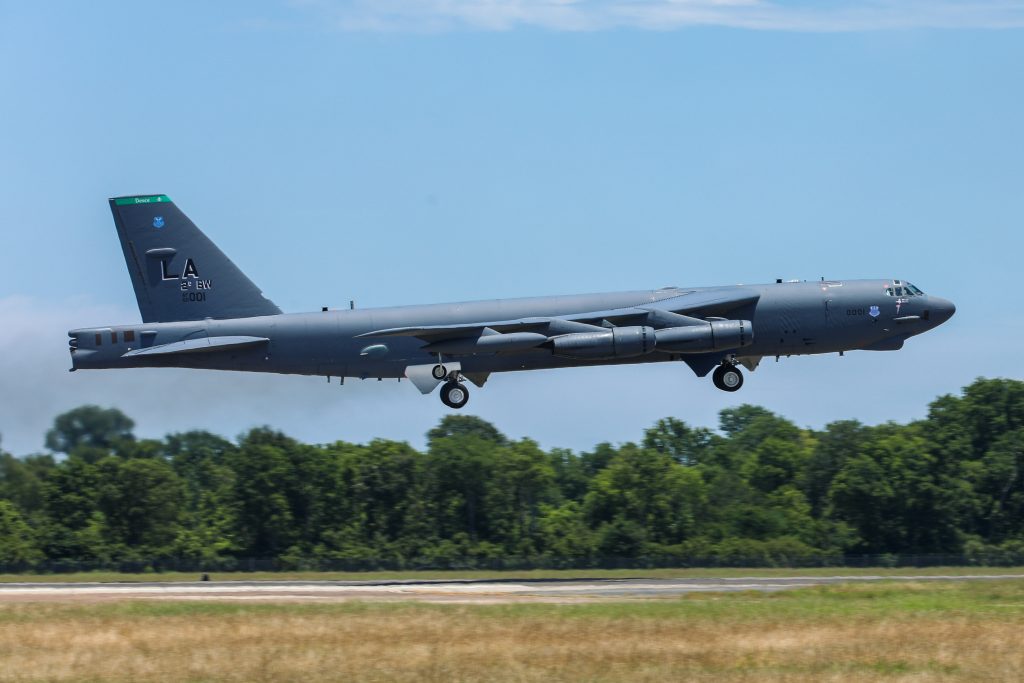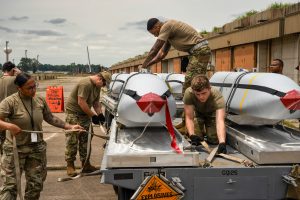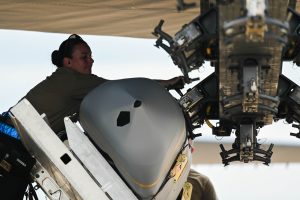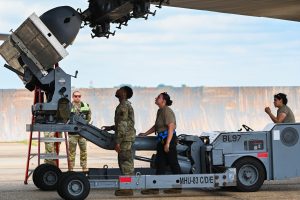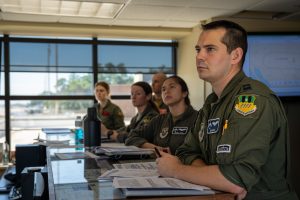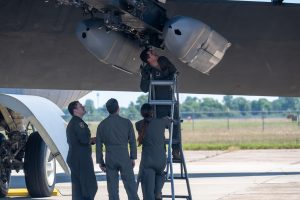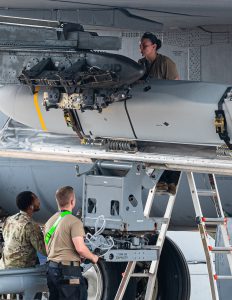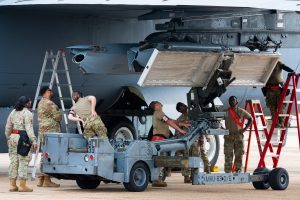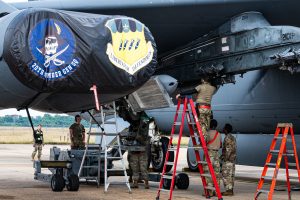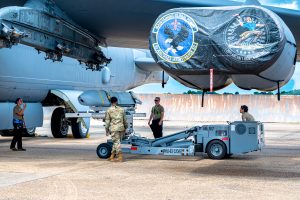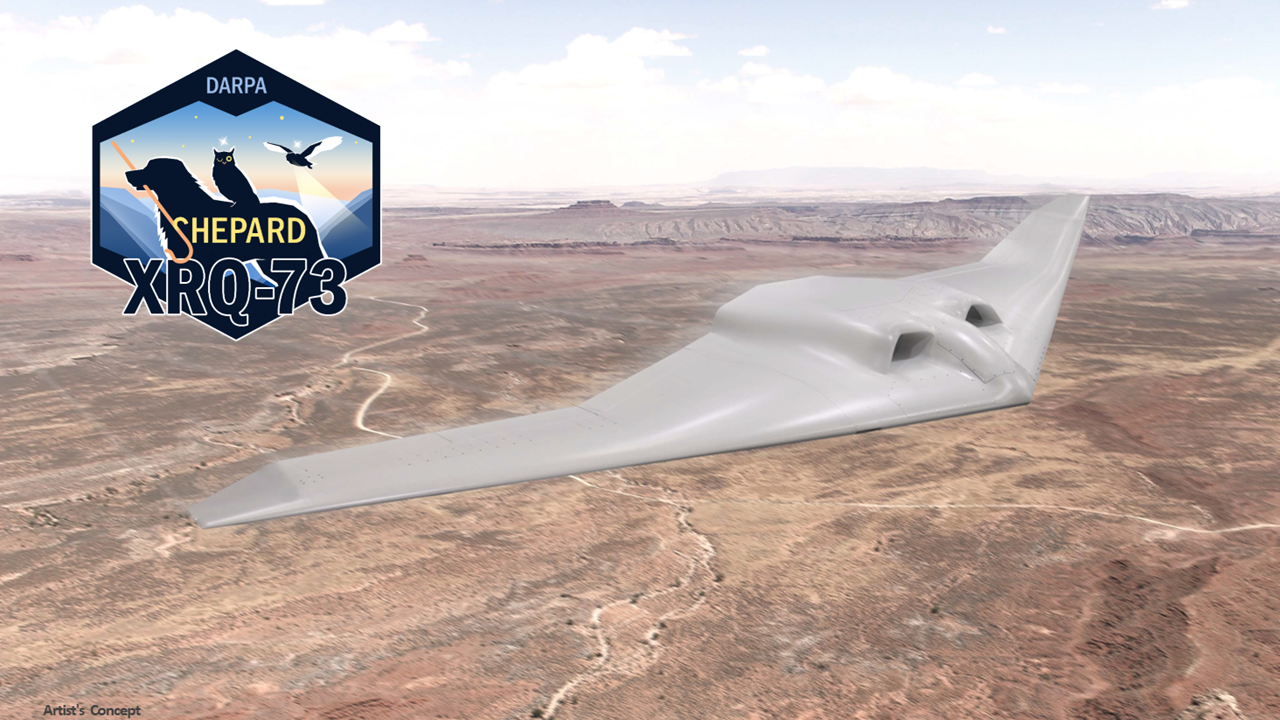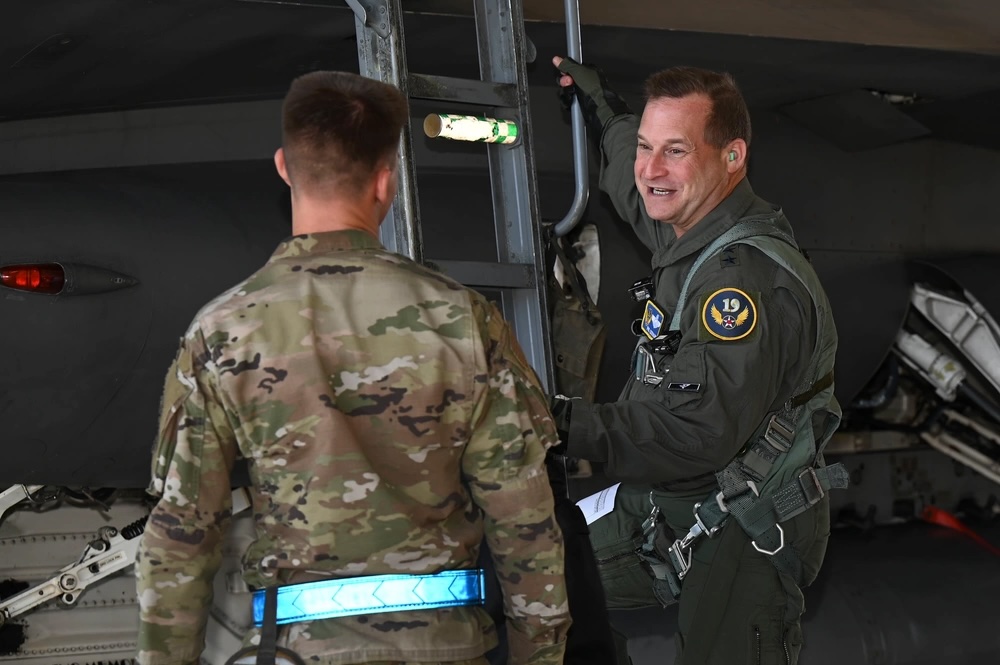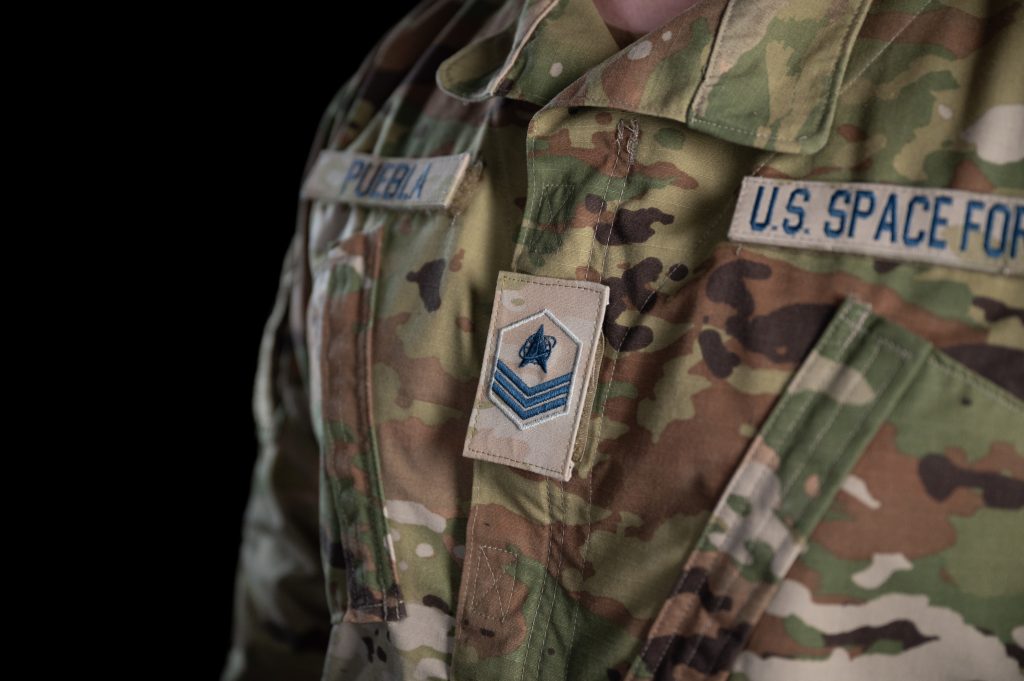The F-35A mission capable rate for fiscal 2023 was 51.9 percent, with the Air Force blaming spare parts availability for the decline from the previous year’s figure of 56 percent.
Mission capable rates measure the percentage of time an aircraft is able to perform at least one of its core missions.
The service previously reported the fiscal 2022 MC rate as 65.4 percent, a figure Air & Space Forces Magazine included in its annual almanac. Now, however, officials say that figure was inaccurate.
Asked about the significant discrepancy and the reason for the error, a service spokesperson said “the reason for the inaccurate number last year isn’t immediately available, but we shared a correction as soon as we realized the error. In order to be consistent, the MC capable rates we report each year measure the same criteria.”
The new figures match those published in an April audit of F-35 sustainment costs from the Government Accountability Office. In that report, the GAO said the F-35A’s mission capable rate peaked in 2020 at 71.4 percent, then declining to 68.8 percent in 2021, 56 percent in 2022, and 51.9 percent in 2023, as the Air Force brought on more jets at the rate of about 40 per year. The GAO quoted the Air Force’s “minimum performance target” MC rate for the F-35A at 80 percent, and its “objective performance target” as 90 percent.
In the audit, the GAO noted that “none of the variants of the aircraft (i.e., the F-35A, F-35B, and F-35C) are meeting availability goals,” but allowed that the services “have made progress in meeting their affordability targets (i.e., the amount of money they project they can afford to spend per aircraft per year for operating the aircraft). … This is due in part to the reduction in planned flight hours, and because the Air Force increased the amount of money it projects it can afford to spend” on its F-35As.
The GAO report states the Air Force now expects to pay $6.6 million annually per tail to operate and sustain the F-35A, a roughly 34 percent increase over the figure it cited in June 2023 of $4.1 million per airplane. The service also told the watchdog agency it would continue to operate the F-35 about 12 years longer than originally planned but fly each aircraft less often. The service expects to fly each F-35A about 187 hours per year, versus the original plan of 230 hours per year.
While the Air Force has in previous years stated an MC goal rate of between 75 and 80 percent for most its aircraft types, it has abandoned that practice, a service spokesperson said.
“The Air Force does not have an overall [MC] goal or standard,” she said.
Mission capable rate “‘goals’ are specific to the wing/unit flying the aircraft, derived from either syllabus sortie requirements (training) or home-station training and real-world operation requirements (ops bases),” the spokesperson added.
The service has said the way it measures mission capability rates has changed in recent years, with more focus on readiness of aircraft either already deployed or about to deploy and less on stateside aircraft. The spokesperson reiterated that stance, claiming MC rates “do not equate to Air Force readiness rates.”
“They are just one component assessed at the unit level to help determine how ready a squadron is to meet the threat,” the spokesperson said. Instead, the service measures readiness “by how well the Air Force can carry out its missions, which requires more than mission-capable aircraft. It also requires trained and ready air crew, maintainers and other airmen, as well as enough spare parts and resources.”
The Air Force declined to offer explanations for significant declines in mission capable rates for various fleets, such as the C-5 Galaxy, B-1 Lancer, and other platforms where huge resource investments in maintainability and reliability have not paid off in aircraft availability. Overall, MC rates for most Air Force fleets—44 of 64 types—declined in fiscal 2023 over 2022.

